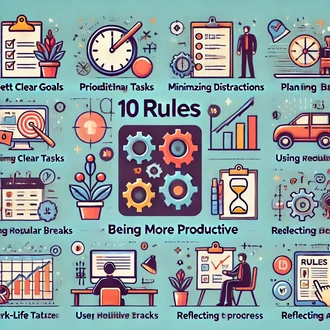Transcription Common errors during video call communication
In the modern era, remote work and virtual meetings have become an essential part of the work environment. Video call communication offers a great advantage by allowing us to connect with colleagues, customers and partners in different locations quickly and effectively. However, it also presents unique challenges, and making mistakes during these video calls can negatively affect productivity and the quality of communication.
Addressing and correcting these common mistakes is critical to optimizing efficiency and improving remote work outcomes. Below, we'll explore some of these mistakes and provide practical tips for avoiding them.
Lack of preparation
One of the most common mistakes during video calls is the lack of prior preparation. As with face-to-face meetings, it is essential to define the objectives of the video call, organize the relevant information and ensure that all participants are aware of the subject matter. Proper preparation ensures that the video call is efficient and focused on the important issues, avoiding unnecessary time wasting and distractions.
Time is a valuable resource in the workplace, and during video calls, it is important to be aware of this. Establishing a defined schedule for the video call and respecting the time allotted for each topic to be discussed is essential to maintain efficiency. Avoid unnecessarily prolonging the meeting and make sure that all important points are addressed in the stipulated time.
Lack of emotional connection
In video calls, it is possible for the emotional connection between participants to suffer due to the physical distance. It is important to be aware of this and make an effort to establish a personal connection with the other participants. Starting the video call with a brief informal conversation or asking how they are doing before starting on the work topics can help create a more collaborative and positive environment.
Poor attendee participation
In some video calls, some participants may be reluctant to actively participate. This may be due to lack of confidence, technical problems or simply feeling out of place in the virtual environment. As the leader of the video call, it is important to encourage participation from all attendees, provide space for them to share their ideas and opinions, and ensure that everyone feels included in the discussion.
Noise and distractions
Remote work environments can be subject to noise and distractions, which can affect the quality of communication during video calls. It is important to choose a quiet, well-lit place to participate in the video call and avoid unnecessar
errors communication video call




